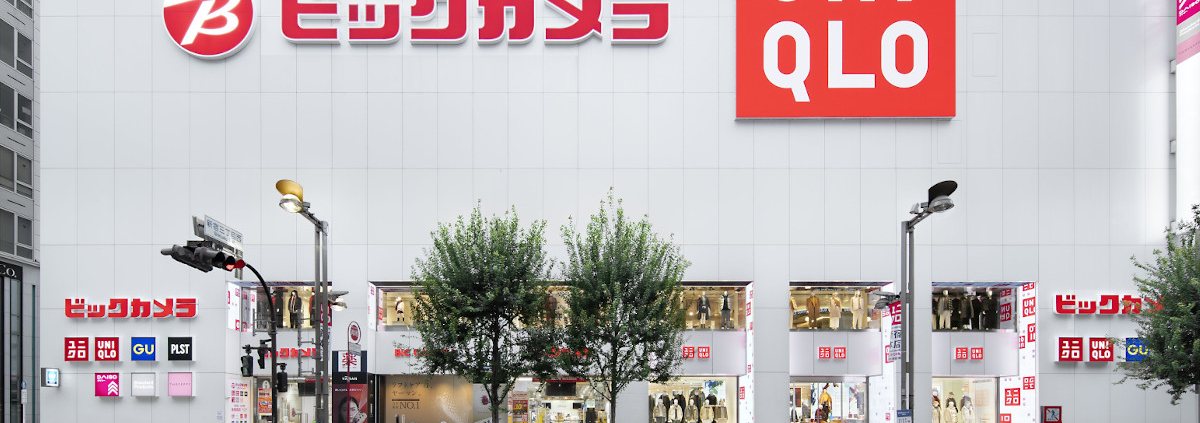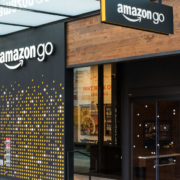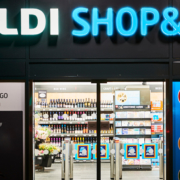Uniqlo’s RFID-Powered Cashierless System: A Game-Changer in Retail
Uniqlo, the Japanese apparel giant, has redefined the retail experience with its innovative cashierless system powered by RFID (Radio Frequency Identification) technology. This system, now a cornerstone of Uniqlo’s operations, has revolutionized checkout by making it faster, more efficient, and nearly effortless for shoppers. But what makes Uniqlo’s RFID implementation so successful, and are there any drawbacks? Let’s explore.
How Uniqlo’s RFID System Works
At the heart of Uniqlo’s cashierless system is its use of RFID tags, which are embedded into the price tags of every product. These tiny chips enable automated scanning without the need for traditional barcodes or manual input. The process is simple:
- Automated Checkout: Shoppers place their items into a designated bin at the self-checkout station. The system instantly reads the RFID tags on each item, tallying the total cost and displaying it on a screen.
- Streamlined Payment: Once the items are tallied, customers confirm their purchase and complete payment via a touchscreen interface. The entire process is fast and intuitive, often taking less than half the time of traditional checkout systems.
This innovative setup eliminates the need for manual barcode scanning, reducing errors and creating a smoother, more enjoyable shopping experience.
The Benefits of RFID Technology
Uniqlo’s RFID system has been a game-changer for both the company and its customers. Here’s why:
1. Speed and Efficiency
The most noticeable benefit is speed. By automating the checkout process, Uniqlo has cut transaction times by up to 50%. This is particularly valuable during peak shopping periods, where traditional checkout lines can stretch uncomfortably long. Customers can now complete their purchases quickly and move on with their day.
2. Better Inventory Management
RFID technology also enhances back-end operations. RFID readers installed throughout Uniqlo’s stores provide real-time updates on stock levels, ensuring that shelves are replenished promptly. This system reduces the risk of stockouts, allowing Uniqlo to keep popular items readily available while improving overall operational efficiency.
3. Loss Prevention
RFID tags serve a dual purpose: they streamline checkout and act as a theft deterrent. By tracking items in real time, Uniqlo can quickly identify misplaced or stolen products. This capability not only prevents losses but also helps maintain accurate inventory records.
4. Personalization
RFID technology enables Uniqlo to analyze customer preferences and shopping behaviors. This data is used to refine product offerings and store layouts, creating a more tailored shopping experience. For example, understanding which items are frequently tried on but not purchased can guide design improvements or promotional strategies.
Why RFID Works for Uniqlo
Uniqlo’s success with RFID lies in its strategic and long-term approach. The company began investing in RFID technology nearly a decade ago, initially using it to optimize its supply chain. Over time, as the cost of RFID chips dropped dramatically—from $0.60 to just a few cents each—Uniqlo expanded the technology to its retail operations.
This foresight allowed Uniqlo to seamlessly integrate RFID into its stores, creating a unified system that supports both back-end logistics and front-end customer interactions. By standardizing this technology across its global network, Uniqlo has positioned itself as a leader in retail innovation.
Challenges and Limitations
While Uniqlo’s RFID system has been highly successful, it’s not without its challenges:
- High Initial Investment
Implementing RFID technology requires significant upfront costs, including hardware, software, and staff training. For smaller retailers, this level of investment may be unattainable. - Technical Glitches
Although RFID is generally reliable, occasional errors in tag readings or system malfunctions can disrupt the checkout process. These glitches, though rare, can frustrate customers and slow down operations. - Privacy Concerns
As with any technology that collects data, there are concerns about how customer information is used and stored. While Uniqlo primarily uses RFID for operational purposes, transparency about data usage is essential to maintaining customer trust.
The Future of RFID in Retail
Uniqlo’s success with RFID has set a new standard for the retail industry. By demonstrating the technology’s potential to enhance both efficiency and customer satisfaction, the company has inspired other retailers to explore similar systems. As RFID technology becomes more affordable and versatile, its adoption is likely to expand across sectors beyond apparel.
However, the balance between innovation and customer trust will remain critical. Retailers must ensure that these systems are implemented responsibly, addressing concerns about data privacy and ensuring reliability.
What`s next?
Uniqlo’s RFID-powered cashierless system is a shining example of how technology can transform the retail experience. By combining speed, efficiency, and enhanced inventory management, Uniqlo has created a shopping experience that aligns perfectly with modern consumer expectations. While challenges like high costs and occasional glitches persist, the benefits far outweigh the drawbacks, solidifying RFID as a cornerstone of Uniqlo’s success.
As the company continues to expand its RFID implementation globally, it’s not just reshaping its own operations but also influencing the broader retail landscape. The question isn’t whether RFID is the future of shopping—it’s how soon others will catch up.






 Aldi
Aldi 